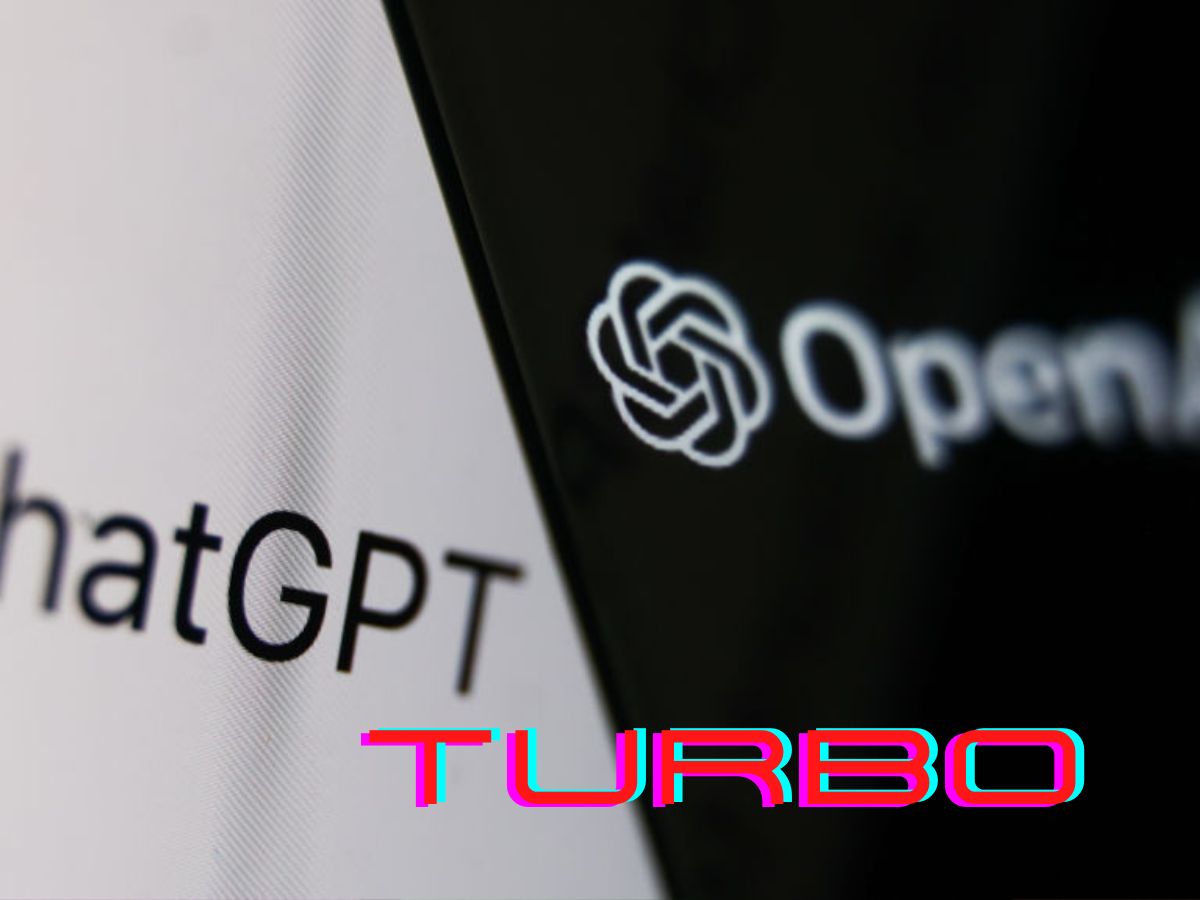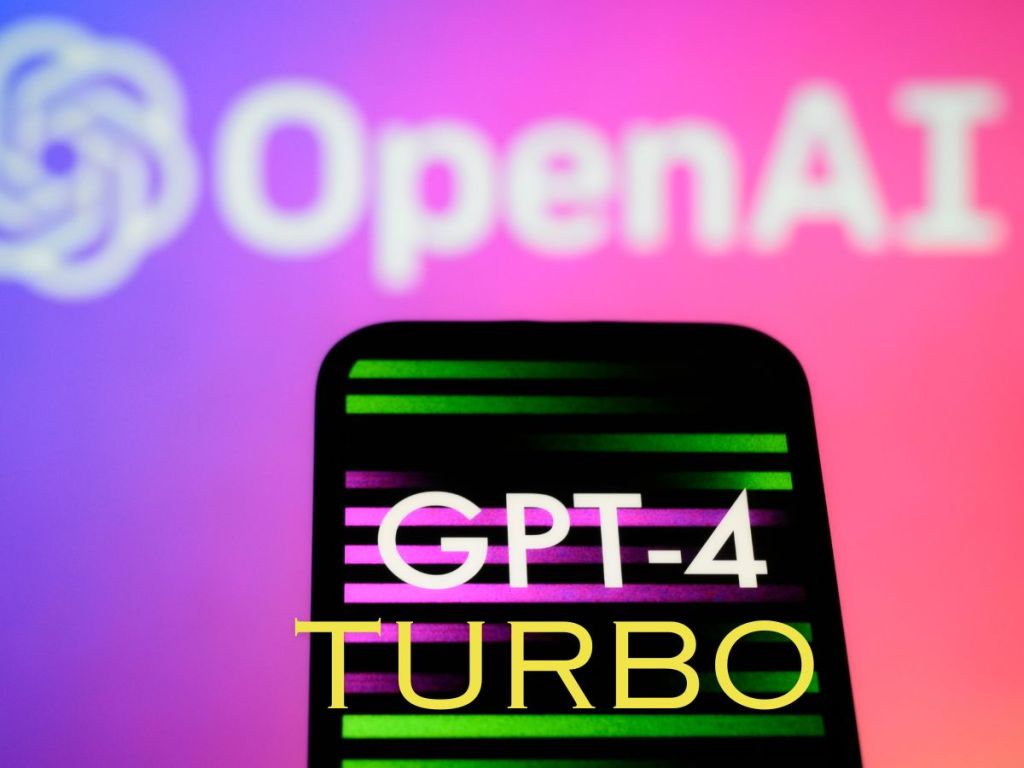What is GPT-4 Turbo, and how is it different from GPT-4? In this explainer, we will talk about what GPT-4 Turbo is, how it works, and why it is important for the future of AI.
What is GPT-4 Turbo?
GPT-4 Turbo is an improved version of GPT-4 that OpenAI announced on November 6, 2023, at its first-ever developer conference.
According to OpenAI, GPT-4 Turbo is both “more powerful” and less expensive than GPT-4. It has two main advantages over GPT-4: A larger context window and a newer knowledge cutoff.
Not everyone agrees with this, however.
A context window is the amount of text that GPT-4 Turbo can take in and remember before generating any output. The larger the context window, the better GPT-4 Turbo can understand and generate more complex and coherent texts, such as long-form articles, books, or code.
GPT-4 Turbo has a context window of 128,000 tokens, which is equivalent to about 300 pages of text.
This is double the size of GPT-4’s context window, which was 64,000 tokens, or about 150 pages of text.
A knowledge cutoff is the date until which GPT-4 Turbo has information about the world. The newer the knowledge cutoff, the more up-to-date and relevant GPT-4 Turbo’s texts are.
GPT-4 Turbo has a knowledge cutoff of April 2023, which means that it knows about events and facts that happened until then. GPT-4, on the other hand, had a knowledge cutoff of September 2021, which means that it was unaware of anything that happened after that date.
How does GPT-4 Turbo work?
GPT-4 Turbo works by using a technique called deep learning, which is a branch of AI that mimics the way the human brain learns from data.
It is composed of millions of artificial neurons, which are mathematical functions that process information. These neurons are arranged in layers, and each layer performs a specific task, such as recognising words, sentences, or concepts.
The AI is trained on a large dataset of texts from various sources, such as books, websites, news articles, social media posts, and more. The dataset contains about 1.5 trillion words, which is equivalent to about 3.5 million books.
The AI learns from this data by finding patterns and associations among the words and sentences. It also learns the rules and structures of natural language, such as grammar, syntax, and semantics.
The AI receives an input, such as a word, a sentence, or a paragraph, it uses its neurons to analyse the input and generate an output, such as a text, an image, or a voice. The output is based on what GPT-4 Turbo has learned from the data, as well as the context and the instructions given by the user. For example, if the user asks GPT-4 Turbo to write a poem about love, The AI will use its neurons to generate a poem that follows the style and structure of poetry, and that expresses the theme of love.

Why is GPT-4 Turbo important?
GPT-4 Turbo is important because it represents a significant advancement in the field of AI, especially in natural language processing, which is the subfield of AI that deals with understanding and generating natural language. It is also cheaper.
It can perform a wide range of tasks and applications, such as:
Writing
The AI can write texts on any topic, genre, or style, such as essays, stories, articles, reviews, summaries, captions, and more. It can also write code in various languages, such as Python, JavaScript, or SQL.
Answering
GPT-4 Turbo can answer questions on any subject, such as history, science, geography, and sports. It can also answer questions based on images, such as what is in the picture, what is the name of the object, or what is the colour of the sky.
Creating
GPT-4 Turbo can create images based on text prompts, such as “a dog eating a taco” or “a house on a cliff face”. It can also edit images based on text instructions, such as “add a smile to the face” or “change the colour of the dress”.
The AI can also create voices based on text inputs, such as “say hello in a British accent” or “sing happy birthday in a female voice”.
Talking
GPT-4 Turbo can talk to users in a natural and conversational way, such as chatting, joking, flirting, or debating. It can also talk to users in different languages.
The AI is also important because it makes AI more accessible, useful, and creative for developers and users. OpenAI offers a number of APIs and features that allow developers to build AI applications and services using GPT-4 Turbo and other models.
For example, the Assistants API allows developers to build AI assistants that can respond to user queries and perform tasks, such as sending an email, booking a flight, or ordering a pizza.
The Text-to-Speech API allows developers to convert text into natural sounding spoken audio. The Whisper V3 model allows developers to transcribe audio into text.
Conclusion
GPT-4 Turbo is the latest and most advanced text-generating AI model from OpenAI, and it is a big deal for the future of AI. It has a larger context window and a newer knowledge cutoff.
The AI can produce texts on almost any topic, answer questions, write code, create images, and talk to users. GPT-4 Turbo also makes AI more accessible, useful, and creative for developers and users.



